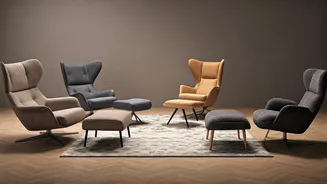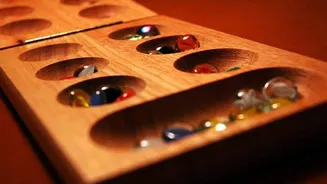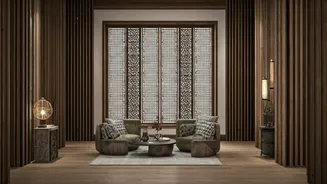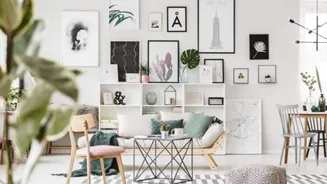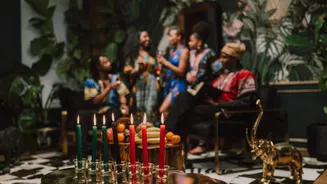Origins of Craft
Handcrafted home decor is rooted in centuries-old traditions. The practice involves skill, precision, and artistry passed down through generations. Unlike
factory-made goods, handcrafted items offer a tangible connection to the maker and the materials. This connection creates a sense of authenticity and uniqueness. The process often involves sustainable practices, supporting local artisans and preserving cultural heritage. The historical roots of these crafts often reflect the region's traditions, available resources, and aesthetic preferences. This is why handcrafted decor carries a story, lending depth and meaning to your home decor.
Unique Value Proposition
Handcrafted items stand apart from mass-produced counterparts due to their inherent individuality. No two pieces are exactly alike. They reflect the human touch, showcasing minor imperfections and variations that enhance their charm. The materials are often sourced locally or sustainably. The artisan's dedication and time-consuming process add immense value, making each item a treasured investment. These pieces are not just functional; they are statements of artistic appreciation and personality. Handcrafted decor allows you to reflect your tastes and values by supporting ethical production and sustainable practices, adding character to your living spaces.
Benefits of Handcrafted
Incorporating handcrafted decor extends beyond aesthetics; it also influences the environment and lifestyle. It supports local economies by offering work to skilled craftspeople. Sustainable practices are frequently embraced, decreasing reliance on unsustainable manufacturing methods. Handcrafted goods often endure the test of time, increasing their lifespan and decreasing the need for frequent replacements. The act of surrounding yourself with unique and meaningful objects can also lead to a more mindful existence. Your living space tells your story, and handmade items add a personalized touch. By choosing handcrafted decor, you contribute to a more sustainable, ethical, and aesthetically enriching lifestyle.
Choosing the Right Pieces
Selecting handcrafted decor involves exploring a diverse range of materials and styles. Consider your existing interior design when choosing these items, matching the textures, colors, and design themes. When it comes to materials, think about the durability and appearance of wood, ceramics, textiles, and metal. The pieces should resonate with your personal style. Visit local artisan markets or online marketplaces. Communicate with the makers about the pieces, and get to know the narrative behind each object. This helps you get pieces that you will cherish. Think about the functionality of each piece, ensuring it serves a purpose while enhancing your space. Consider the scale of the item and its impact on the rest of your decor, and consider the placement of each piece and how it will interact with the overall space.
Styling Your Home
Incorporating handcrafted items involves finding the correct balance between beauty and practicality. Begin by highlighting a few statement pieces in areas like your living room or bedroom to make them stand out. Contrast the textures and materials. Mix and match different handcrafted items; combine ceramic vases with wooden furniture. Experiment with different arrangements, like grouping handcrafted bowls on your dining table. Rotate your decor seasonally to refresh your space. Consider how light and shadow play on your pieces. Prioritize your comfort, and incorporate these unique finds into your daily activities. Your home tells a story that reflects who you are, making handcrafted decor the perfect addition for both aesthetics and individuality.


